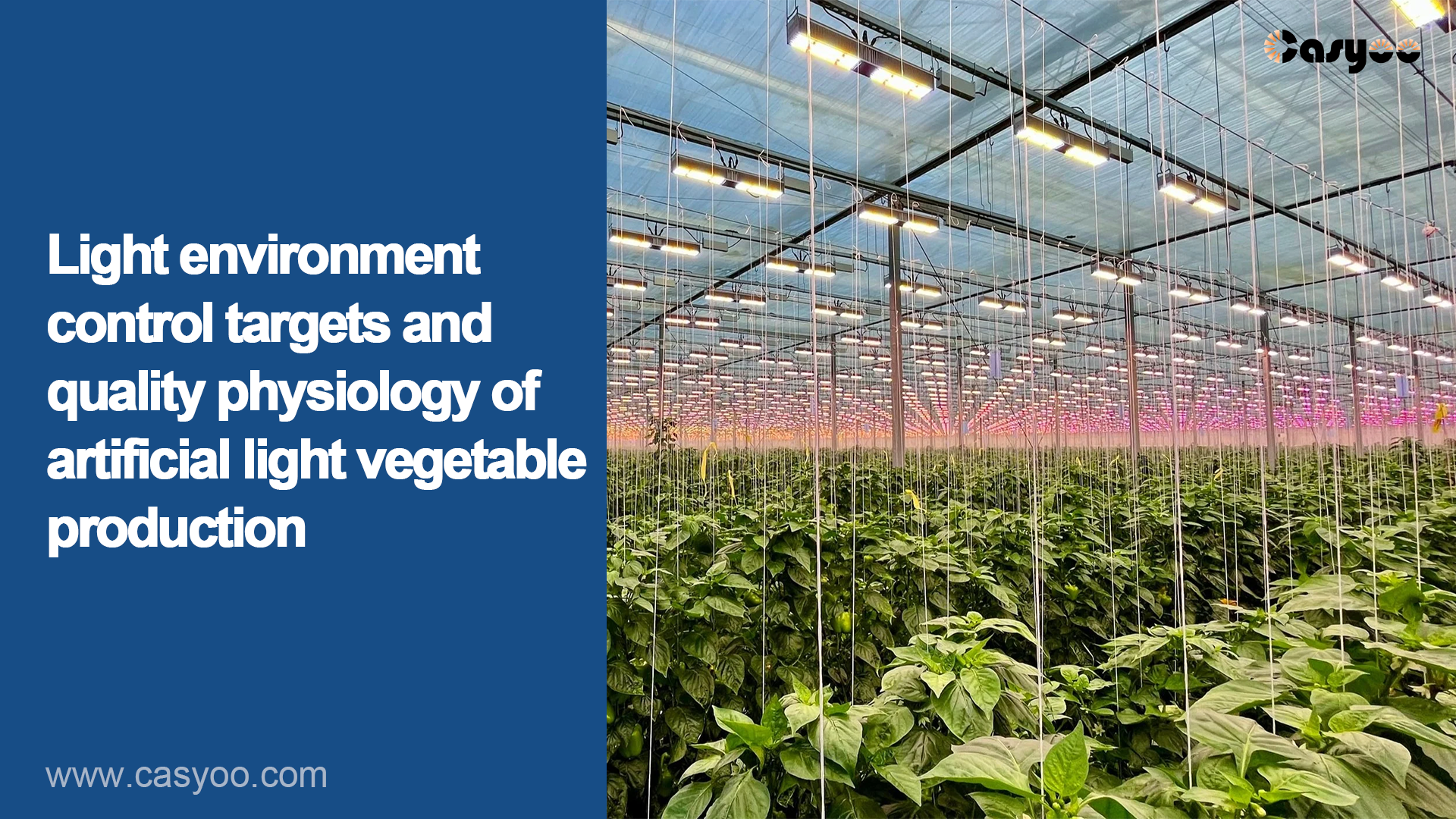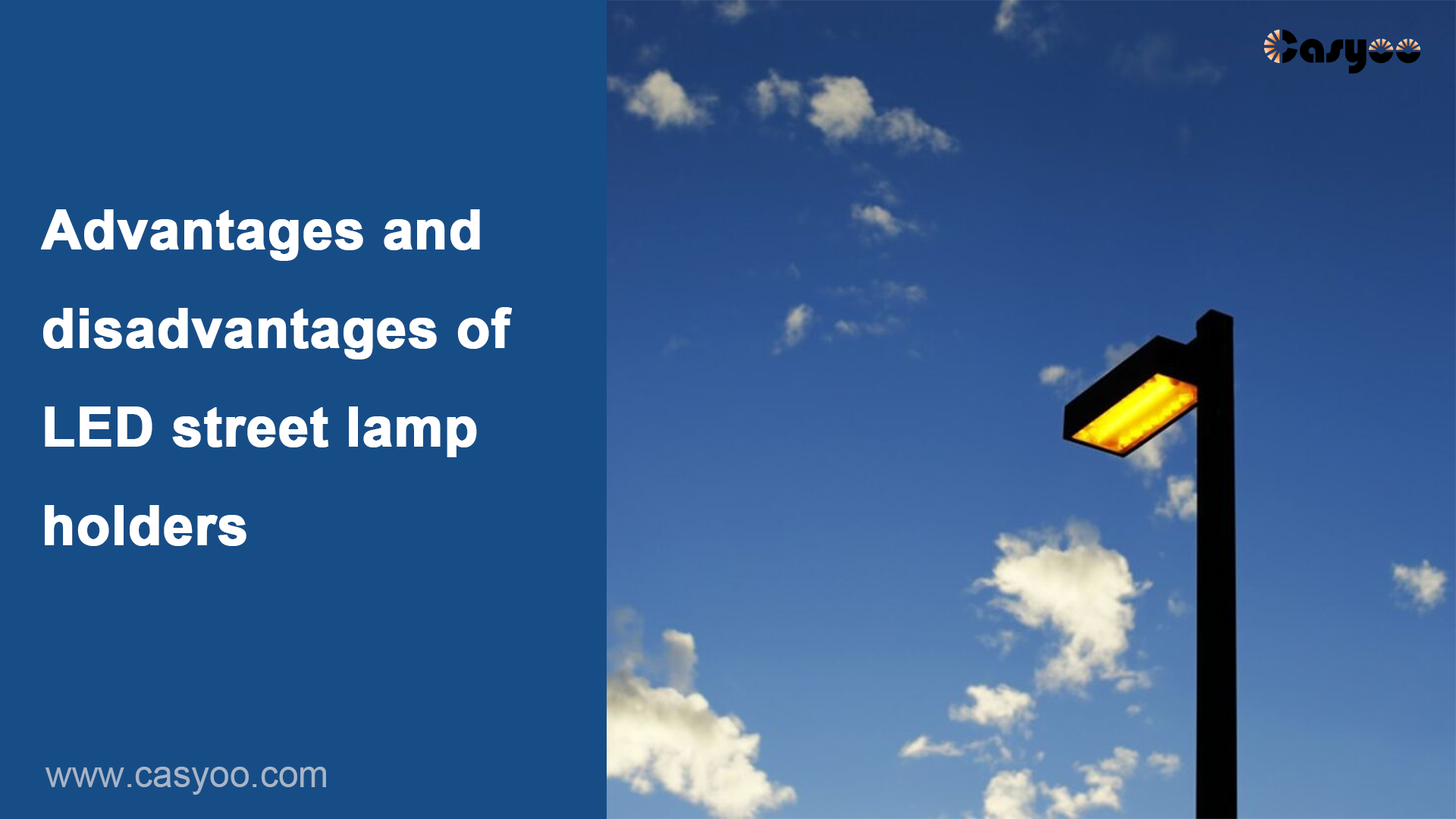-
Light environment control targets and quality physiology of artificial light vegetable production
04/15/2024 at 07:09 • 0 comments![]()
Quality and functional substance accumulation levels are one of the important indicators of concern in facility vegetable production. For vegetables, the main nutritional quality indicators include primary metabolites (sugar, protein, minerals, vitamins, cellulose, etc.) and secondary metabolites (anthocyanins, phenolics, flavonoids, lycopene, etc.). These indicators are controlled by light conditions. In other words, they are nutritional quality indicators that can be controlled by light conditions, which have prospects in the applications of LED lighting.
Hu et al.'s (2014) study showed that consuming 200g of fruits (equivalent to two apples) per day can reduce the risk of stroke by 32%; consuming 200g of vegetables per day can reduce the risk of stroke by 11%. The appearance quality and nutritional quality of vegetables are very important.
Zheng Xiaolei et al. (2011) studied the effects of different light qualities (white fluorescent light, red LED, blue LED, red/blue LED) on the growth and edge burning of loose leaf lettuce under plant factory conditions, providing a certain theoretical basis for the high-quality and efficient production of loose leaf lettuce in plant factories.
The results showed that red/blue LED can significantly increase the fresh weight, leaf number and leaf area of loose leaf lettuce, and reduce the nitrate content of loose leaf lettuce, but does not reduce the edge burn index; red LED can promote stem elongation, significantly reduces the burnt edge disease index and nitrate content, but is not conducive to dry matter, vitamin C accumulation and leaf area increase; blue LED inhibits the growth of loose leaf lettuce and increases nitrate content, but can significantly reduce burnt edge disease index. It showed that red LED is beneficial to the growth of loose leaf lettuce in the plant factory and reduces the occurrence of burnt edges.
The plants had longer internodes and thinner stems under red light. Under blue light, the internode is shorter and the stem is thicker, and the elongation and growth are inhibited to some extent (Jao and Fang, 2003).
Blue LED significantly inhibits the growth of loose leaf lettuce stems. Red light promotes stem elongation (Li and Kubota, 2009); while under blue LED, the stem length was 16% shorter than the control, indicating that blue light inhibited stem elongation. and the results were consistent with those of previous studies.
Blue light increased the activity of indoleacetic acid oxidase, decreased the level of auxin, and inhibited plant growth. Red and blue LED light can increase the vitamin C content of loose leaf lettuce compared with fluorescent light, and red LED can significantly reduce the vitamin C content of loose leaf lettuce. Chen Qiang et al. (2009) found the same result on tomatoes.
The effect of light quality on vitamin C content was related to the activity of its synthesis and decomposition enzyme activity. Galactolactone dehydrogenase (GalLDH) directly catalyzed the synthesis of vitamin C from galactolactone. Ascorbate oxidase and ascorbate peroxidase (AAP) are key enzymes in the oxidation of vitamin C in plants (An Huaming et al., 2005), and these three enzymes are sensitive to light. The mechanism of the different responses of the above three enzymes to different light properties needs to be further studied.
Vitamin C is an important nutrient component and an important index to evaluate the quality of loose leaf lettuce. Leafy vegetables are very easy to enrich nitrate, which is converted into nitrite during use, which is harmful to human health. Red LED can reduce the nitrate content of loose leaf lettuce, while blue LED can increase the nitrate content of loose leaf lettuce (Zheng Xiaolei et al., 2011; Deng Jiangming et al., 2000).
Blue LEDs increase nitrate content mainly because the process of absorbing nitrate nitrogen requires energy consumption, and blue light is likely to promote nitrate nitrogen...
Read more » -
Advantages and disadvantages of LED street lamp holders
04/08/2024 at 01:59 • 0 comments![]()
Principle of LED Street Lamp Cap
The integrated design of the heat sink and lamp housing of the LED street lamp head ensures that the LED is directly connected to the shell and dissipates heat through the shell's cooling wings and air convection, fully ensuring the LED street lamp's 50000 hour service life. Based on working 12 hours a day, its lifespan is also over 10 years, and maintenance costs are extremely low; The lamp housing is made of aluminum alloy die-casting, which can effectively dissipate heat, prevent water and dust. The surface of the lamp has been treated with UV resistance and corrosion resistance, and the overall lamp meets the IP65 standard;
The design adopts a single elliptical reflection cavity combined with a spherical solitary surface to control the light emitted by the LED within the required range, improving the uniformity of the lighting effect and the utilization of light energy, and highlighting the energy-saving advantages of LED street lights. Compared to traditional sodium lamps, it can save more than 60% of electricity.
The advantages of LED street lamp heads
- The characteristics of LED street lamp heads themselves - the unidirectionality of light, no diffusion of light, ensuring lighting efficiency.
- The LED street lamp head has a unique secondary optical design, which illuminates the light of the LED street lamp head to the required lighting area, further improving the lighting efficiency and achieving energy-saving goals.
- The light source efficiency of LED street lamp heads has currently reached 110-130lm/W, and there is still great room for development, with a theoretical value of 250lm/W. The luminous efficiency of high-pressure sodium lamps increases with the increase of power, therefore, the overall luminous efficiency of LED street lamp heads is stronger than that of high-pressure sodium lamps; The overall light efficiency is theoretical, and the advantage of high-power LED street lamp holders is that the light efficiency of high-pressure sodium lamps above 250W is actually higher than that of LEDs.
- The color rendering performance of LED street lamp heads is much higher than that of high-pressure sodium lamps, with a color rendering index of only about 23. However, the color rendering index of LED street lamp heads reaches 75 or above. From a visual and psychological perspective, when achieving the same brightness, the average illuminance of LED street lamp heads can be reduced by more than 20% compared to high-pressure sodium lamps (referring to the British lighting standards).
- The light attenuation of LED street lamp heads is small, with less than 3% of the light attenuation in one year. Even after 10 years of use, they still meet the requirements for road illumination. However, high-pressure sodium lamps have a large attenuation, which has decreased by more than 30% in about one year. Therefore, LED street lamp heads can be designed with lower power consumption than high-pressure sodium lamps.
- LED street lamp heads are equipped with automatic control energy-saving devices, which can achieve maximum power reduction and save electricity while meeting lighting requirements at different time periods. The Casyoo LED street Light head can achieve user-friendly functions such as computer dimming, time-based control, light control, temperature control, remote control, and automatic inspection.
- LED is a low-voltage device, and the voltage driving a single LED is a safe voltage. The series of products have a single LED power of 1 watt, so it is a safer power source than using a high-voltage power source, especially suitable for public places (such as street lighting, factory lighting, automotive lighting, civilian lighting, etc.).
- Each unit LED chip has a very small volume, so it can be prepared into various shapes of devices and is suitable for variable environments.
- Long lifespan: Can be used for over 50000 hours, providing a three-year quality guarantee. The drawback...
-
The effect of LED supplementary light on the growth of horticultural crops
03/27/2024 at 03:03 • 0 comments![]()
The types of facilities in facility horticulture mainly include plastic greenhouses, sunlight greenhouses, multi story greenhouses, and plant factories. Due to the fact that facility buildings block natural light sources to a certain extent, indoor lighting is insufficient, resulting in reduced crop yield and quality. Therefore, fill lights play an indispensable role in the high-quality and high-yield of facility crops, but also become the main factor in increasing energy consumption and operating costs within the facility.
For a long time, artificial light sources used in the field of facility horticulture mainly include high-pressure sodium lamps, fluorescent lamps, metal halide lamps, incandescent lamps, etc. The prominent disadvantages are high heat production, high energy consumption, and high operating costs. The development of the new generation of Light Emitting Diodes (LEDs) has made it possible to apply low energy artificial light sources in the field of facility horticulture.
LED has advantages such as high photoelectric conversion efficiency, use of direct current, small size, long lifespan, low energy consumption, fixed wavelength, low thermal radiation, and environmental protection. Compared with commonly used high-pressure sodium lamps and fluorescent lamps, LED not only allows for precise adjustment of light quantity and quality (such as the proportion of light in various bands) according to the needs of plant growth, but also allows for close illumination of plants due to its cold light properties, thereby increasing the number of cultivation layers and space utilization, achieving energy-saving, environmental protection, and efficient space utilization functions that traditional light sources cannot replace.
Based on these advantages, LED has been successfully applied in facility horticultural lighting, basic research on controllable environments, plant tissue culture, factory seedling cultivation, and aerospace ecosystems. In recent years, the performance of LED grow lights has been continuously improving, their prices have gradually decreased, and various specific wavelength products have been gradually developed. Their application scope in agriculture and biology will be even broader.
This article reviews the current research status of LED in the field of facility horticulture, with a focus on the photobiological basis of LED supplementary lighting applications, the impact of LED supplementary lighting on plant photomorphogenesis, nutritional quality and anti-aging, the construction and application of light formulas, and other aspects. It also analyzes and looks forward to the current problems and prospects of LED supplementary lighting technology.
The effect of LED supplementary light on the growth of horticultural crops
The regulatory effects of light on plant growth and development include seed germination, stem elongation, leaf and root development, phototropism, chlorophyll synthesis and decomposition, and flower induction. The lighting environment elements inside the facility include light intensity, light cycle, and spectral distribution. By manually supplementing light, their elements can be adjusted without being limited by weather conditions.
Plants have the characteristic of selective absorption of light, and different light receptors perceive light signals. Currently, it has been found that there are at least three types of light receptors in plants: photosensitizers (absorbing red and far red light), cryptocyanins (absorbing blue and near ultraviolet light), and ultraviolet light receptors (UV-A and UV-B). Using a specific wavelength light source to illuminate crops can improve the photosynthetic efficiency of plants, accelerate their light morphogenesis, and promote their growth and development.
Plant photosynthesis mainly utilizes red orange light (610-720 nm) and blue purple light (400-510 nm). By utilizing LED technology, monochromatic light (such as red...
Read more »
My Projects
My Hackerspaces
My Pages
Projects I Like & Follow
Share this profile
ShareBits
Become a Hackaday.io Member
Create an account to leave a comment. Already have an account? Log In.
 torr45838
torr45838


 Lutetium
Lutetium